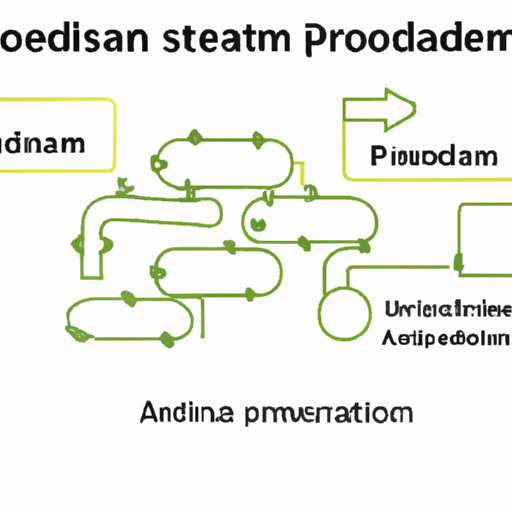The appendix is a small, tube-like organ located at the junction of the small and large intestines in the lower right side of the abdomen. Despite its small size, the appendix plays an important role in the immune system, as it contains lymphatic tissue that helps fight off infections. However, the appendix is not considered essential for human survival, and in some cases, it can become inflamed and infected, leading to a condition known as appendicitis.

The first step in the mainstream appendix production process is the diagnosis of appendicitis. This typically involves a physical examination by a healthcare provider, as well as imaging tests such as ultrasound or CT scans to confirm the diagnosis. Symptoms of appendicitis can include abdominal pain, fever, nausea, and vomiting, and a diagnosis must be made quickly to prevent complications such as a ruptured appendix.
Once a diagnosis of appendicitis has been confirmed, the next step in the mainstream appendix production process is the surgical removal of the inflamed appendix. This procedure is typically performed under general anesthesia and can be done using either traditional open surgery or minimally invasive laparoscopic surgery. In laparoscopic surgery, several small incisions are made in the abdomen, and a tiny camera and surgical instruments are used to remove the appendix. This approach is less invasive and typically results in a faster recovery time for the patient.
During the appendectomy procedure, the surgeon carefully removes the inflamed appendix and closes the incision with sutures or staples. The removed appendix is then sent to a pathology lab for examination to confirm the diagnosis of appendicitis and rule out any other underlying conditions. In some cases, the appendix may be found to contain a tumor or other abnormal growth, which may require further treatment.
After the appendectomy procedure, the patient is typically monitored closely for any signs of complications such as infection or bleeding. Pain medication and antibiotics may be prescribed to help manage pain and prevent infection. Most patients are able to go home within a day or two after surgery and can resume normal activities within a few weeks.
In conclusion, the mainstream appendix production process involves the diagnosis and surgical removal of an inflamed appendix in patients with appendicitis. This common procedure is essential for treating appendicitis and preventing complications such as a ruptured appendix. With advances in surgical techniques and post-operative care, most patients can expect a successful recovery and return to normal activities after an appendectomy.
The appendix is a small, tube-like organ located at the junction of the small and large intestines in the lower right side of the abdomen. Despite its small size, the appendix plays an important role in the immune system, as it contains lymphatic tissue that helps fight off infections. However, the appendix is not considered essential for human survival, and in some cases, it can become inflamed and infected, leading to a condition known as appendicitis.

The first step in the mainstream appendix production process is the diagnosis of appendicitis. This typically involves a physical examination by a healthcare provider, as well as imaging tests such as ultrasound or CT scans to confirm the diagnosis. Symptoms of appendicitis can include abdominal pain, fever, nausea, and vomiting, and a diagnosis must be made quickly to prevent complications such as a ruptured appendix.
Once a diagnosis of appendicitis has been confirmed, the next step in the mainstream appendix production process is the surgical removal of the inflamed appendix. This procedure is typically performed under general anesthesia and can be done using either traditional open surgery or minimally invasive laparoscopic surgery. In laparoscopic surgery, several small incisions are made in the abdomen, and a tiny camera and surgical instruments are used to remove the appendix. This approach is less invasive and typically results in a faster recovery time for the patient.
During the appendectomy procedure, the surgeon carefully removes the inflamed appendix and closes the incision with sutures or staples. The removed appendix is then sent to a pathology lab for examination to confirm the diagnosis of appendicitis and rule out any other underlying conditions. In some cases, the appendix may be found to contain a tumor or other abnormal growth, which may require further treatment.
After the appendectomy procedure, the patient is typically monitored closely for any signs of complications such as infection or bleeding. Pain medication and antibiotics may be prescribed to help manage pain and prevent infection. Most patients are able to go home within a day or two after surgery and can resume normal activities within a few weeks.
In conclusion, the mainstream appendix production process involves the diagnosis and surgical removal of an inflamed appendix in patients with appendicitis. This common procedure is essential for treating appendicitis and preventing complications such as a ruptured appendix. With advances in surgical techniques and post-operative care, most patients can expect a successful recovery and return to normal activities after an appendectomy.